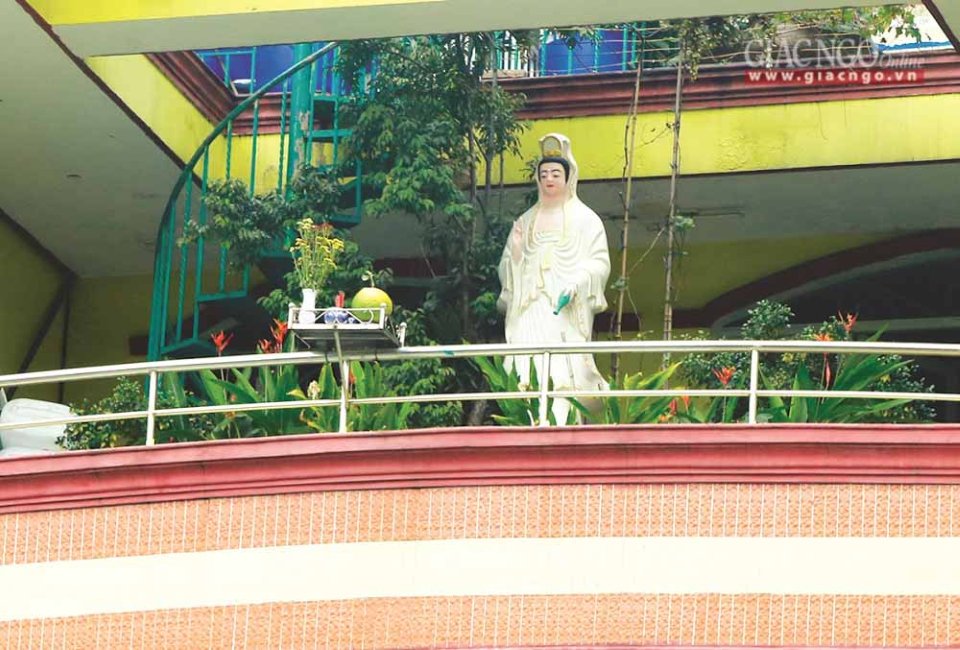Vietnam: Does building religious statues at home require permission?
Religion is the belief of people, the State respects and protects everyone's right to freedom of belief and religion on an equal basis. So how is the expression of freedom of religion and belief by building religious statues at home regulated in Vietnam? This article will clarify the above issue.
1. What are religious statues? Are religious statues considered as religious works?
According to Clause 5 Article 2 of the Law on religion and folk belief 2016 of Vietnam: “Religion represents the human's faith whose existence is accompanied by a system of notions and activities encompassing the objects of worship, tenets, religious law, rites and organization”.
Accordingly, it can be understood: A religious statue is an architectural and artistic product created to meet the belief needs of the object of worship to perform rituals (worshiping) of people.
Religious works and spiritual works are specified in Section I in Appendix I enclosed with Decree No. 46/2015/NĐ-CP of Vietnam’s Government on quality control and maintenance of construction works, specifically as follows:
Religious works and spiritual works include:
- Religious works: Office of religious organization, pagoda, church, chapel, chancel, oratory, Buddhist sanctuary, school for professional religious activist, monument, stele, tower and oilier similar works of religious organizations;
- Spiritual works: communal house, temple, worship place, shrine, ancestral worship, hull of families and clans, and other similar works.
According to Clause 3 Article 3 of Decree No. 113/2013/NĐ-CP of Vietnam’s Government: ““Monument”, “mural drawing” mean fine art works made by firm materials with large size and high symbolic effect, placed at a public position”.
Thus, religious statues placed in homes and premises of individuals and households are not considered monuments, so they are not religious works.
2. Does building religious statues at home require permission?
Currently, there are no specific guidelines on the construction of religious statues at home. Pursuant to Section 1.4.20 of QCVN 01:2019/BXD National technical regulation on construction planning:
1.4.20
Building density
- Net construction density: is the ratio of the land occupied area of the main architectural works to the land lot area (excluding the land occupied area of outdoor works such as decorative miniatures, swimming pools, parking lots, sports fields, technical infrastructure works).
- Gross construction density of an urban area: is the ratio of the land area occupied by the main architectural works to the total area of the land area (the area of the whole land area may include: courtyards, roads, green areas, open spaces and areas where no works are built).
Thus, individuals wishing to build religious statues can be considered in the following 02 cases:
- If religious statues are only decorative miniatures and placed in the premises, they will not be counted in the construction density and will not change the housing functions of households and individuals; if it does not affect the main building architecture and landscape, the surrounding environment is not required to ask for permission.
- In case religious statues are attached to a residential building, which here is mounted on the floors of the building's floors, permission must be obtained. Since this is a case that directly affects the work such as structure, tonnage, etc., construction procedures and construction regulations must be followed. In order to avoid unexpected cases, individuals and organizations who want to build religious statues in case they have to get permission (religious statues attached to housing projects) should:
+ If the individual intends to build a statue from the beginning, the individual must include this item in the design for the design unit to calculate and show on the construction permit application. The design unit will rely on the weight of the statue to calculate the load, bearing structure, etc. of the area for the statue and the whole house.
+ In case the work has been completed, built and put into use, but individuals want to erect more statues, they must carry out construction procedures such as hiring a construction inspection unit to consider whether the additional load structure will affect the whole work, the size of the statue is commensurate with the work, setting up permitting procedures such as application for repair or reinforcement of the work, etc.
However, in reality, many local leaders have different interpretations, so it is still possible to apply different regulations related to the construction of religious statues in private houses different from the above article.
Hoa Hong
- Cases of land rent exemption and reduction under the latest regulations in Vietnam
- Economic infrastructure and social infrastructure system in Thu Duc City, Ho Chi Minh City
- Regulations on ordination with foreign elements in religious organizations in Vietnam
- Increase land compensation prices in Vietnam from January 1, 2026
- Determination of land compensation levels for damage during land requisition process in Vietnam
- Who is permitted to purchase social housing according to latest regulations in Vietnam?
-
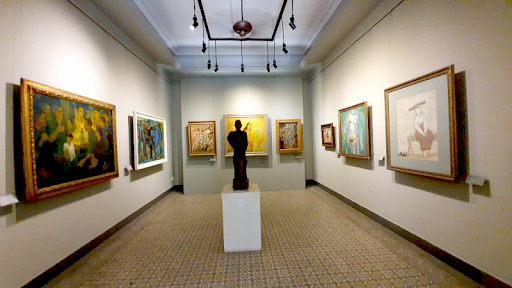
- Vietnam: The Art council of sculpture camp shall ...
- 11:34, 10/10/2013
-

- Procedures for issuance of license for organization ...
- 11:26, 10/10/2013
-
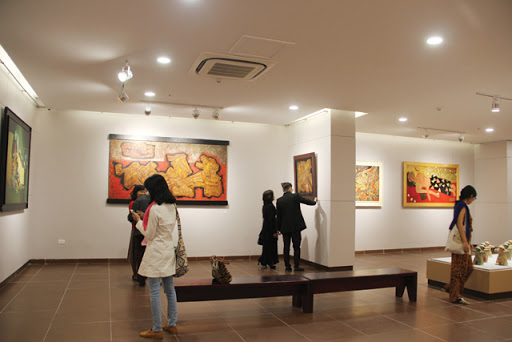
- Vietnam: 07 fundamental contents of the regulations ...
- 11:23, 10/10/2013
-
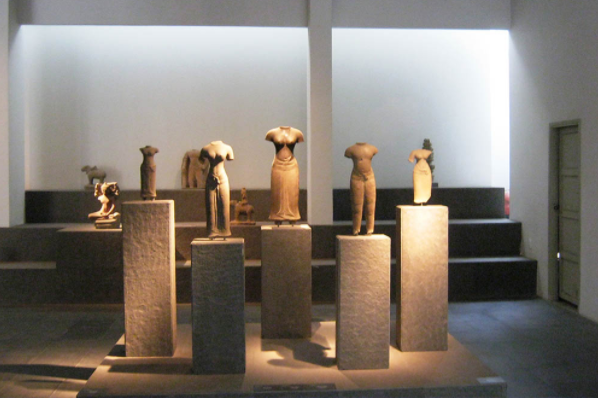
- Are licenses required for the demolition, relocation ...
- 11:15, 10/10/2013
-
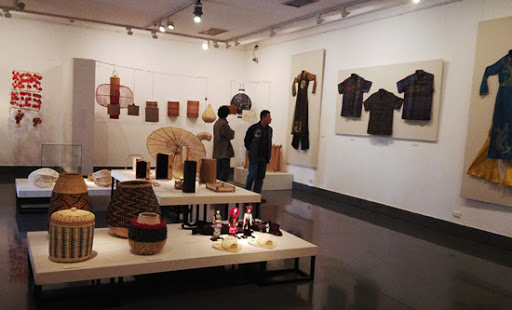
- Vietnam: Regulations on supervision and artistic ...
- 11:14, 10/10/2013
-

- Notable new policies of Vietnam effective as of ...
- 16:26, 11/04/2025
-
.Medium.png)
- Notable documents of Vietnam in the previous week ...
- 16:21, 11/04/2025
-
.Medium.png)
- Notable documents of Vietnam in the previous week ...
- 16:11, 02/04/2025
-
.Medium.png)
- Notable new policies of Vietnam to be effective ...
- 16:04, 02/04/2025
-
.Medium.png)
- Notable new policies of Vietnam effective from ...
- 14:51, 21/03/2025
 Article table of contents
Article table of contents
